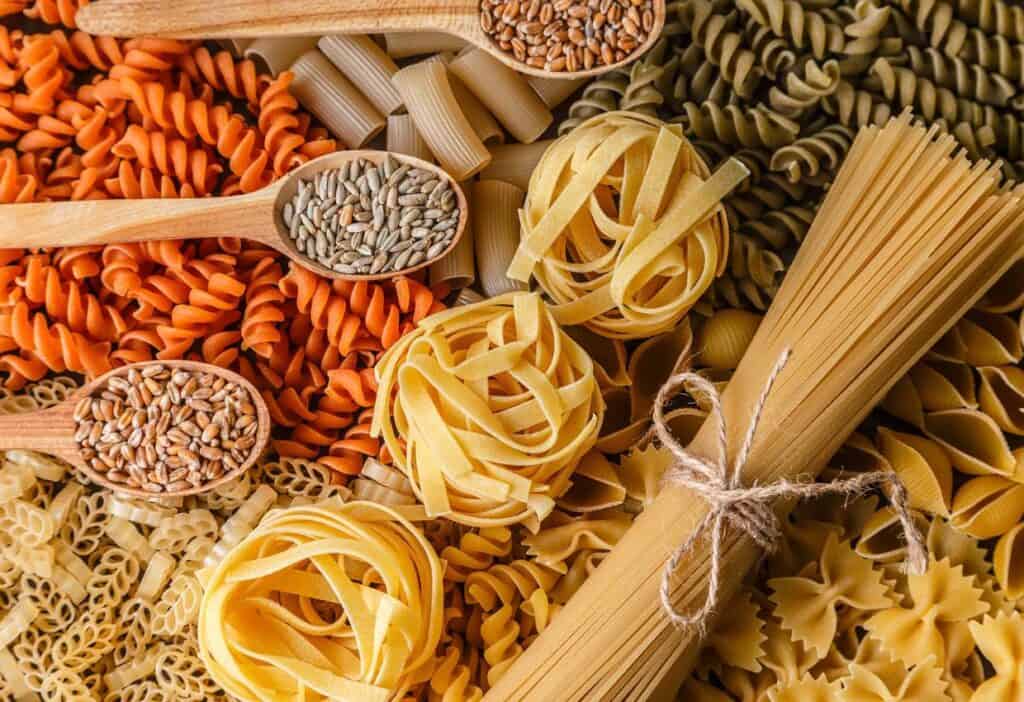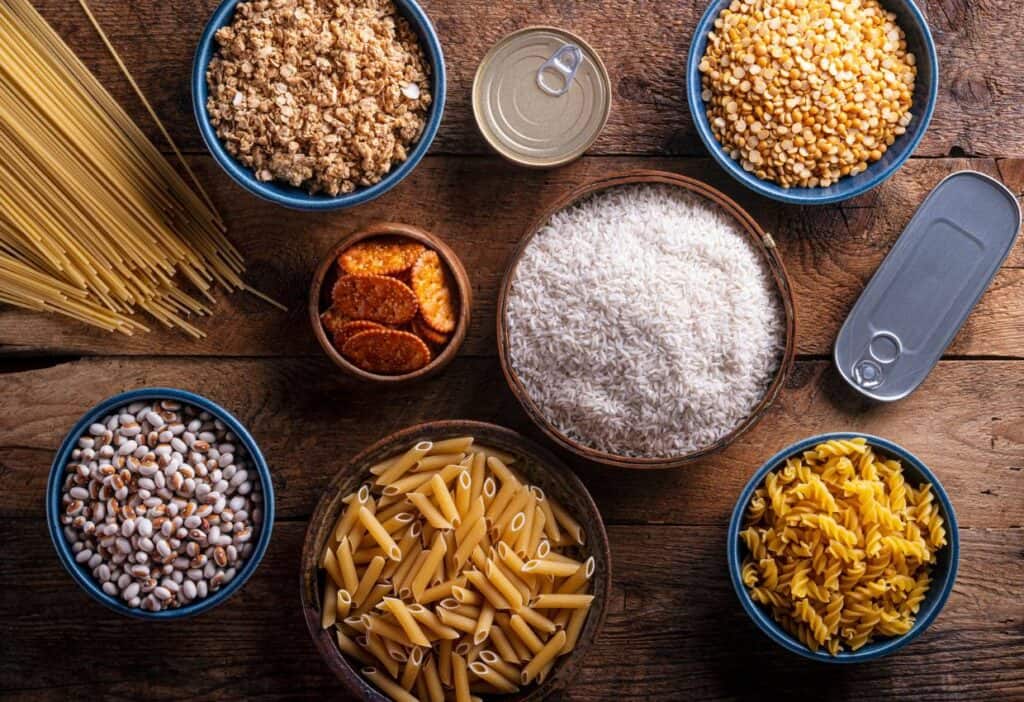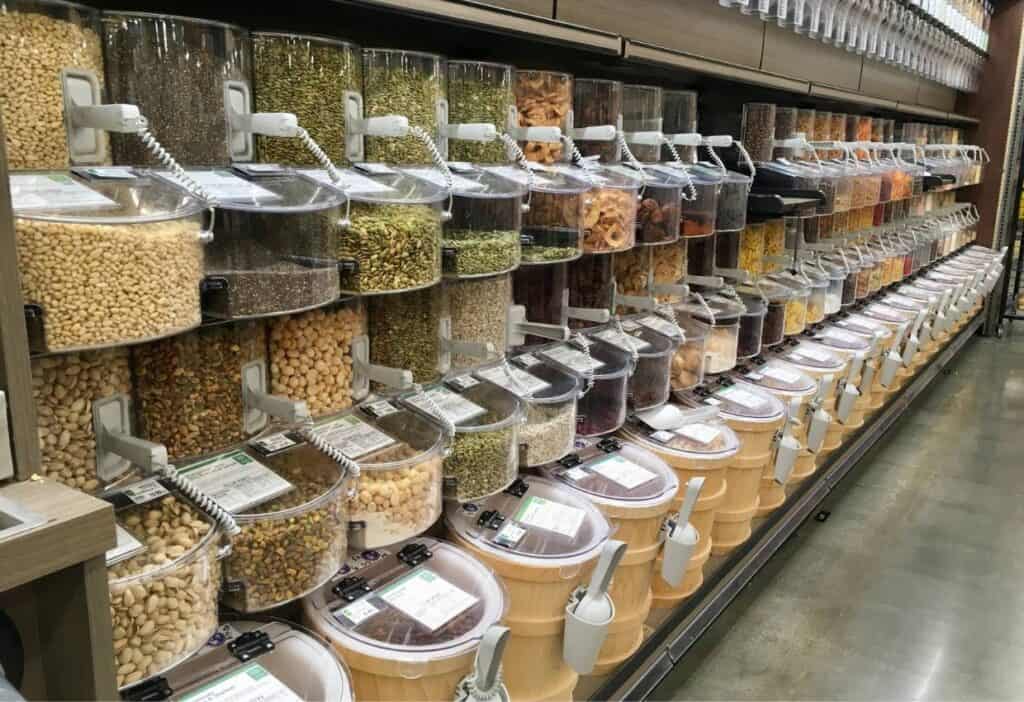Are you looking for ways to reduce food waste, build up your pantry stores and create budget-friendly meals? If so, consider long shelf-life foods.

These foods don’t just last a long time without refrigeration; they also offer excellent value for your money. Understanding how to include long shelf-life foods in your daily menu can help you plan your meals, eat well on a budget and prepare for situations that could impact your ability to buy food.
Learn more about the top 10 tips for buying and using long-shelf-life foods.
The importance of long shelf-life foods
If you’ve eaten lentils, canned ham, sauerkraut or any fermented vegetables, you’ve tasted food with a long shelf life.
These foods, also known as shelf-stable foods, remain safe after being stored for months or even years on a shelf at room temperature.
Long-shelf-life foods offer two main benefits to households.
First, they offer economic value. By buying foods that last longer, you can buy in bulk and take advantage of sales, ultimately saving money on food.
Second, they help reduce household food waste and negative environmental impact. You can work these foods into your meal planning as long as they remain tasty, safe and retain their nutritional value.
Date-labeling phrases to know

Understanding the date-labeling phrases used for food in the United States may help prevent you from unnecessarily tossing out your canned food and dry goods. For example, the best if used by date simply suggests that the food’s final day offers the best flavor or quality. Note the dates and arrange your meal plans accordingly.
“I love always having a stock of canned vegetables and fruits on hand. My favorites are corn, green beans, pinto beans, peaches, pears, tomatoes, tomato sauce and carrots. They always have an expiration date far in the future, but rarely do I encounter a canned item in my pantry that has passed the expiration date because we use them so often.”
— Gena L., Ginger Casa
Long shelf-life foods for your meals

These long-shelf-life foods are particularly well-suited to North American households. Consider adding these items whether your kitchen includes one small shelf for dry goods or a spacious walk-in pantry.
Grains
Items like rice, quinoa and pasta last years when stored correctly. They provide a carbohydrate base for many dishes.
Canned goods
These include soups, beans, tomatoes, fruits, vegetables and even meats. They are ready to use, and they retain their nutrients. However, they may contain ingredients such as additional salt to aid preservation.
Please read the list of canned food ingredients carefully to ensure it meets your dietary requirements.
Freeze-dried products
Often used by campers, these products are lightweight, nutritious and can last for decades.
Dried legumes
Lentils, chickpeas and beans offer excellent protein and fiber content to include in your emergency food stores or prepper pantry.
Preserved foods
Properly prepared storebought or homemade jams, pickles and honey remain edible for years.In addition to buying shelf-stable foods to stock your pantry, try making your own by canning or preserving and dehydrating your garden produce.
FDL’S 75 Best Bites

Our cookbook with 75 tasty recipes will be your go-to kitchen companion for easy dinners with ad-free recipes right at your fingertips. Crafted by experienced chefs and recipe developers, this collection offers a treasure trove of tried-and-true dishes that make mealtime a breeze.
Get the Recipe: FDL’S 75 Best Bites
Nutritional value of shelf-stable foods
While some vitamins might decrease slightly due to the canning process, many nutrients remain when canning vegetables and fruits to preserve for use later. Even better, some canned vegetables, like tomatoes, release more lycopene, a beneficial antioxidant, when cooked.
Dried food staples like beans, peas and lentils are rich in fiber, folate and potassium.
“Pemmican is truly a favorite in my pantry of shelf-stable foods. It’s incredible how this nutrient-rich blend of dried meat and rendered fat can sustain a person for months if need be. I once stored pemmican for over a year and then transformed it into a delicious stew during a camping trip.”
— Jessica Haggard, Primal Edge Health
Storage tips to ensure longevity
It’s essential to follow safe food storage guidelines for all the food in your home, including your shelf-stable foods, to prevent food spoilage and making your family sick.
For example, storing grains and dried legumes in airtight containers in a cool, dark and dry place. Rotate your canned and other goods using the first-in, first-out method — this way, the oldest products get used first. For canned goods, make sure the seals remain intact. Discard any bulging, rusting or leaking cans.
How to use long-shelf-life foods
Look for creative ways to prepare and serve these foods. Here are a few ideas.
- Grains: Transform rice into pilafs, risottos, or even rice salads. Use pasta as a base for cold pasta salads or hot casseroles.
- Beans: In addition to your favorite chili recipe, use dried or canned beans mashed in dips, tossed into salads or to round out hearty soups.
- Dried legumes: Substitute green, brown or red lentils for meat in soups, stews or casseroles that call for ground beef or chicken.
- Freeze-dried or dehydrated fruits: Add freeze-dried or dehydrated fruits such as berries or apples as a topping on cereal or oatmeal. Serve dehydrated mango, peach or banana as a snack.
Budget-friendly shopping tips
Filling your pantry with shelf-stable foods shouldn’t break the bank. Use these tips to maximize your budget.
Buy in bulk
Bulk-buying can lead to savings for long-shelf-life food, but remember to store it properly so it doesn’t go bad.
Buy on sale
Shop the flyers and buy canned goods, pasta and other dried goods when they’re on sale. Stock up when the prices drop.
Generic brands
Try the lower-priced generic or store-brand version when you buy canned goods, rice or pasta.
Farmers’ markets
Buy seasonal fruits and vegetables from your local farmer’s market to make your own long-shelf-life foods such as pickles and preserves. You might also find end-of-the-day discounts on jams, honey and pickles.
Where to buy food with a long shelf life
North American households have many options for buying shelf-stable food.
Supermarket
Visit your local or regional supermarket. Look for dedicated sections for grains, legumes and canned goods.
Bulk store
A bulk store may offer cheaper prices than the supermarket on grains, dried fruits and legumes.
Online retailers
Online retailers may also offer bulk purchases at competitive prices, which is convenient if you live in a remote area.
Local farm stands
Buy jams, jellies, fermented foods, preserves, jerky and canned meats and fish from local farmers or artisans to support local businesses and stock your shelves.
Stocking up on long-shelf-life foods can help with long-term meal planning, food costs and preparing for scenarios that could impact your family’s food supply. By adding these foods to your pantry and using them wisely, you’re planning ahead, reducing food waste and maximizing your budget.
Sarita Harbour is a homeschooling, homesteading mom and a long-time business and finance writer. She created An Off Grid Life to help people become more self-reliant. Sarita and her family live off the grid in Canada’s Northwest Territories.
This article is a valuable guide to long-shelf-life foods, highlighting options that are both practical and nutritious. The breakdown of different food types and their longevity provides a clear understanding of how to stock up efficiently. I appreciate the focus on balancing convenience and health. Thanks for offering such useful information for anyone planning their food storage!